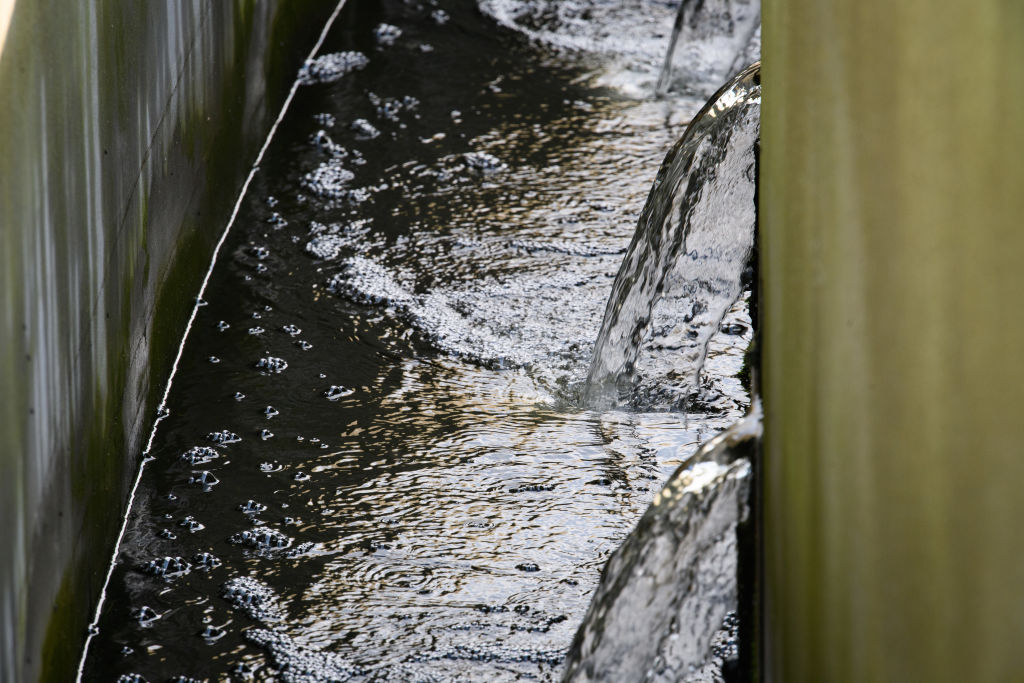
Keeping ahead of the COVID-19 virus is one of the best ways to ultimately put the pandemic behind us. And the past two years have shown that we need every tool at our disposal to track cases and predict, as much as possible, when and where surges might occur.
One method—tracking the virus shed by infected people through analyzing wastewater—has emerged as a promising way to accomplish that. Anywhere from 40% to 80% of people infected with COVID-19 shed viral genetic material in their feces; studies have shown that monitoring wastewater for signs of SARS-CoV-2 can be an early indicator of when cases are climbing, or even if a new variant is starting to dominate. Genetic sequencing of wastewater samples can show signs of virus days before testing results can, since people often don’t get tested until they experience symptoms. Wastewater is a beneficial source of information because it passively captures so much data, says Amy Kirby, program lead for the U.S. Centers for Disease Control and Prevention’s National Wastewater Surveillance System (NWSS).
“The data is uniquely powerful because it captures the presence of infections from people with and without symptoms, and is not affected by access to health care or the availability of clinical testing,” she told reporters on Feb. 4. That data is now available on the CDC’s COVID-19 Data Tracker. It’s standardized so people can compare information across different states or even different counties. Up to this point, those states and counties were collecting and analyzing data on their own.
Read More: Human Waste Could Be The Next Big Weapon in Controlling COVID-19
Tracking SARS-CoV-2 in wastewater reveals upticks of the virus, which can give communities a heads up for when cases are starting to increase and help them to prepare for greater demand on hospital and community health services. If virus levels are getting higher in wastewater, for example, local health officials could deploy more mobile testing units to areas where the infections are building, and help people to know if and when they should take stronger mitigation measures.
The CDC’s NWSS system was created last September specifically to monitor SARS-CoV-2; Kirby said while the idea has been studied for years, it took COVID-19 to validate the method. Currently, 37 states and four cities are part of the NWSS and are feeding their data into the network. Kirby expects hundreds more sites to add their data in coming weeks. CDC works with local sewer sheds and health departments to update the data so they reflect changes in virus levels within the past 15 days.
Kirby notes that the strength of the tracking is only as good as the depth of the sampling sites. She anticipates the more sites that join and provide data, the stronger and more useful the trends will be. “Wastewater surveillance is best used in combination with case-based surveillance to maximize its value,” she said. “We’ve already seen examples of cities and counties using wastewater surveillance to better understand the trajectory of surges of infections. Now more communities are using the tool to help guide public health decision-making.”
More Must-Reads from TIME
- Cybersecurity Experts Are Sounding the Alarm on DOGE
- Meet the 2025 Women of the Year
- The Harsh Truth About Disability Inclusion
- Why Do More Young Adults Have Cancer?
- Colman Domingo Leads With Radical Love
- How to Get Better at Doing Things Alone
- Michelle Zauner Stares Down the Darkness
Contact us at letters@time.com